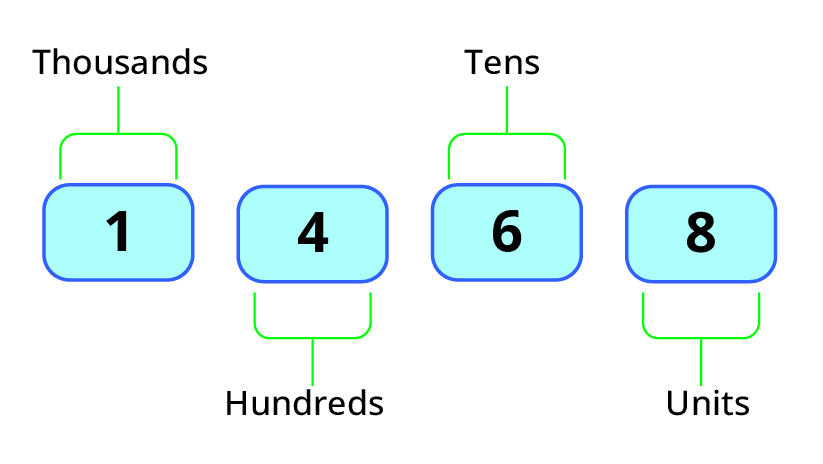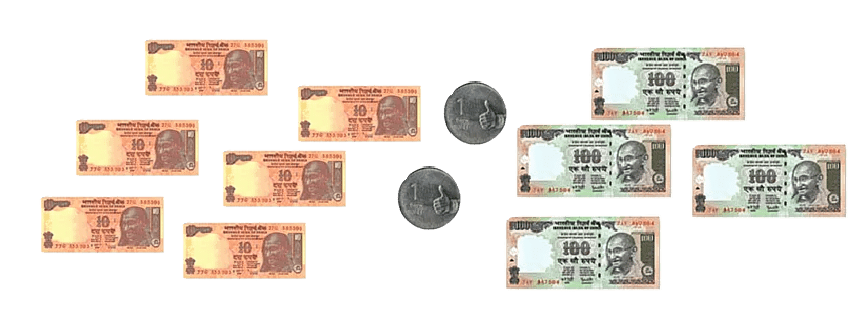An Overview of Cbse Class 3 Maths Notes Chapter 2 Fun With Numbers
FAQs on Cbse Class 3 Maths Notes Chapter 2 Fun With Numbers
1. What is the main summary of the 'Fun with Numbers' chapter for Class 3?
These revision notes provide a quick summary of key concepts from Chapter 2, 'Fun with Numbers'. The focus is on building a strong foundation with three-digit numbers, including reading and writing them. It also covers essential skills like understanding place value (Hundreds, Tens, Ones), comparing numbers, and recognizing number patterns through activities like skip counting.
2. How do these revision notes for 'Fun with Numbers' help in quick exam preparation?
These notes are designed for efficient revision. They summarise the entire chapter into easy-to-understand points, helping you quickly recap concepts like expanded form, number names, and ordering numbers before an exam. By focusing on the core ideas, you can save time and reinforce your learning effectively for the 2025-26 session.
3. What are the key topics covered in the 'Fun with Numbers' revision notes?
The revision notes for Class 3 Maths Chapter 2 cover several important topics. These include:
- Counting and writing numbers up to 1000.
- Understanding place value for Hundreds, Tens, and Ones.
- Writing numbers in expanded form and short form.
- Comparing numbers using greater than (>), less than (<), and equal to (=) signs.
- Identifying number patterns and completing sequences using skip counting.
4. Why is understanding place value (Hundreds, Tens, Ones) so important in this chapter?
Understanding place value is crucial because it is the foundation for almost all other number operations. It helps you understand the true value of each digit in a number (e.g., the '2' in 253 means 200). This knowledge is essential for correctly comparing numbers, writing them in expanded form, and later for performing addition and subtraction with bigger numbers.
5. How can I use the concepts from these notes, like skip counting, to make revising numbers more engaging?
You can make revision fun by applying concepts from the notes to real life. For example, use skip counting in 10s to count money (like ten-rupee notes) or count objects in groups. You can also create number pattern games, like jumping on a number grid or clapping on every 5th number, to make the concept of number sequences more interactive and memorable.
6. What is the difference between the expanded form and short form of a number as explained in the notes?
The short form is how we usually write a number, for example, 345. The expanded form breaks down the number to show the value of each digit based on its place value. For the number 345, the expanded form would be 300 + 40 + 5. The revision notes clarify this to help you understand how numbers are constructed.
7. How does comparing numbers, a key topic in this chapter, help in everyday situations for a Class 3 student?
Comparing numbers is a practical skill used daily. For instance, when you are shopping, you can compare prices to see which item costs more or less. In a game, you compare scores to see who is winning. Understanding if a number is greater than or less than another helps in making simple decisions and understanding the world around you better.
8. How should I use these revision notes alongside my NCERT textbook for best results?
For the best results, first read the 'Fun with Numbers' chapter thoroughly from your NCERT textbook and solve the exercises. Afterwards, use these revision notes to quickly go over the main ideas and key points. This two-step process helps reinforce what you've learned and ensures you haven't missed any key concepts for your exams.


























